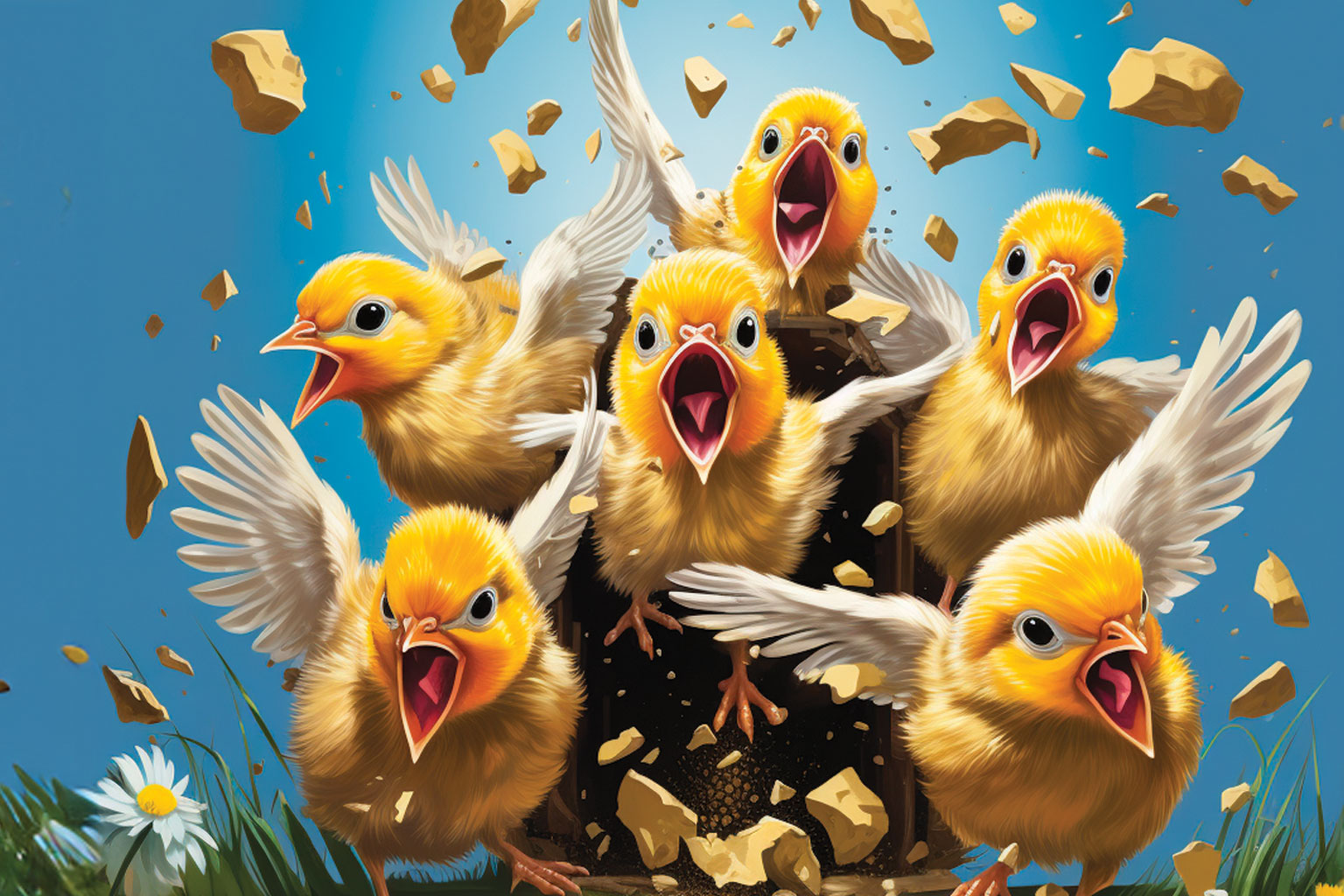Finding the Humanity Within
The ability to embrace change and harness disruption is not just valuable—it’s imperative. Change is often perceived as daunting, but in it lurks the secret to unlocking who we truly are, revealed by what it does to us individually and collectively. Somehow, we all seem to experience change similarly at different times and differently at the same time.
For many, the moment change comes, it’s addressed with open arms and excitement. Only after the moment, once the inciting incident has passed and the transition between old and new has begun, do we find ourselves struggling to adapt or adopt. For others, the struggle is upfront the moment the inciting incident happens. Then later, only after and during the transition from old to new, do we find that we’re much more comfortable and open to this change.
The SurePeople Prism® shines a light on these key differences between people in how we might address change. Similarly, the Bridges Transition Model, developed by William Bridges, underscores the effects that change has on us. By breaking change apart into key moments—endings, beginnings, and transitions—Bridges equally separated and plotted emotions and perspectives we tend to experience during change. By distinguishing change—the external event—from transition, the internal process we undergo while coming to terms with new situations, we can make change feel more tangible and understandable.
For teams, change can often be a constant and exceedingly difficult experience. One becomes many as varying degrees of excitement, fear, ambiguity, or discomfort all clash together into a conflicting jumble. Reactions, thoughts, ideas, and emotions tend to rise to the surface differently as each person familiarizes themselves with it. Change like this can be a doorway to disruption, shattering the status quo slowly but with quick and immediate force.
However, when viewed positively as opportunity, change has the potential to pulverize stagnant patterns and propel momentum. For teams, this type of disruption can help redefine and bolster boundaries, creating a competitive advantage—especially when managed for collective creativity, as discussed by Harvard’s Linda Hill in this TED Talk.
Encouraging our teams to think creatively, challenge the status quo, and explore new solutions also means addressing how teams naturally work and achieve productivity. Accomplished entrepreneur Margaret Heffernan observes the need for a collectivist approach rather than focusing on individual ability in this TED Talk. Social cohesion, Heffernan asserts, is what drives the highest-achieving teams. The old rockstar model—unfortunately for some—is a recipe for disaster, especially during moments of change and disruption.
In light of these terms of change—and to truly benefit from change—both leaders and team members alike must cultivate a mindset that views disruption as a catalyst for collective growth rather than an individual opportunity or threat. As an equalizer, change allows us to be human together—to experience change as each person is meant to experience it. When embraced in this way, we’re able to forget titles, positions, and expectations long enough to allow ourselves to be fully human. Long enough to move past pecking orders and expectations to recognize that we are part of a collective, one of like-minded, equally talented, and passionately driven individuals set upon a common purpose.
A team.
The moments that make us feel our individual humanity are the ones that have the greatest potential to bring us together collectively with others. Stronger, better, and effectively more human.
“There are far better things ahead than any we leave behind.”
– C.S. Lewis
Do you have an idea you want to share with an empowered community of self-aware professionals? If you’d like to contribute an idea or article to ‘In The Flow of Work’ on the Evolve blog, just send us a message or submit a post to our Head of Content, Adam Schneider




